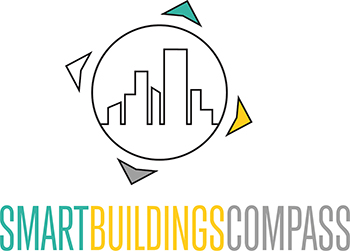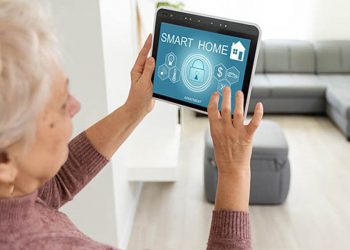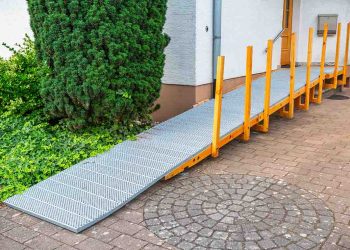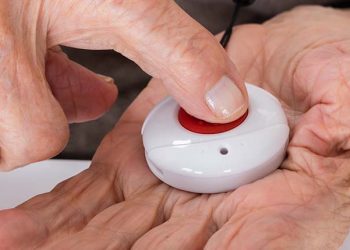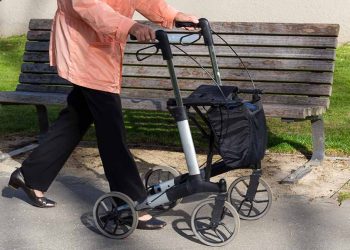Smart building technology is modern building technology that saves energy, reduces thecarbon footprint and can also make use of the Internet of Things (IoT) for building control. It is characterized by a (continuously) networked automation and control system.
Flexible adaptation to the environment
Smart buildings must react flexibly to changing user requirements and environmental influences. For a building to be both sustainable and user-friendly, building technology and digital solutions must work together smoothly. The focus is on convenience, careful use of resources and safety.
However, buildings with smart building technology not only offer a high level of comfort, they are also set to become a building block in the energy transition. In the EU, buildings are responsible for 40 percent of energy consumption and 36 percent of CO2 emissions.
The German government therefore aims to have a virtually climate-neutral building stock by 2050. To achieve this, the energy requirements of existing buildings must be reduced by at least 80 percent. That is by all means an ambitious goal. However, smart building technology could help to make it achievable, regardless of user behavior.
For example, modern ventilation technologies increase the energy efficiency of buildings and at the same time reduce the aerosol concentration in indoor air, which can also contribute to better protection against infection in winter. An intelligent control system ensures more efficient use of energy: it can use sensors to detect how many people are in a room and automatically regulate the lighting and heating based on this. In addition, maintenance costs are reduced: Sensors are installed in building systems, such as elevators, to measure and monitor the condition of components.
Where these technologies are already in use
Smart building technologies are used in large office buildings, airports and shopping malls. This also requires a good safety concept. In principle, a complex system with thousands of networked sensors also offers a high number of attack points for cybercriminals.
For the control of buildings, a so-called digital twin is often developed that maps the physical properties, functions and processes in a computer model and thus makes them controllable. Such digital twins also make the buildings themselves “smarter”. They can more easily adapt their operations to changing factors.
Author: Anja Herberth
Chefredakteurin
